Check out the new project video
and the previous one
Let’s have a look at why sitting is bad for you, could not explain it better myself:
Project statusVersion 2 of the project brings in new hardware and software features. Sitting is tracked, the data is uploaded and logged and the user is alerted of the prolonged sitting, while the web interface shows daily sitting time and real-time status.
I have greatly improved the self calibration of the device and currently testing the long term capabilities compared to previous operating time of a few days. By fixing some firmware issues, I have extended the battery life to more than 1 year with typical usage. The device has a dedicated box and PCB making it look more of a product than a prototype and minor details like multiple LEDs offer a better user experience. Still, there are minor software tweaks to fix and the project would greatly benefit from a new user interface, as I am planning to move from the open energy monitor to a dedicated platform.
System descriptionUnder each chair there is a small module that monitors the status with the help of a capacitive sensor. When you sit down, a timer is started, counting how long you have been on the chair. After a while, a discreet vibration alerts you of the time spent on the chair as an invitation to take a short walk.
Ignore it for too long and the notifications get more insistent and even public, with the help of a buzzer. After all, not letting your chair buzz would be a public sign of trying to stay healthy.
The sensor connects to the internet and sends data to the server by using the local WiFi. The web interface allows the user to configure the alert times and track sitting. The web page contains instant status of the chair as well as statistics of the amount of daily sitting times.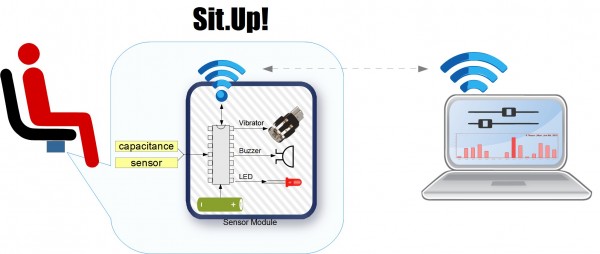
All hardware in this project is Open Hardware. All software is licensed under GPLv3, for licencing see http://www.gnu.org/licenses/gpl-3.0.txt.
 electrobob
electrobob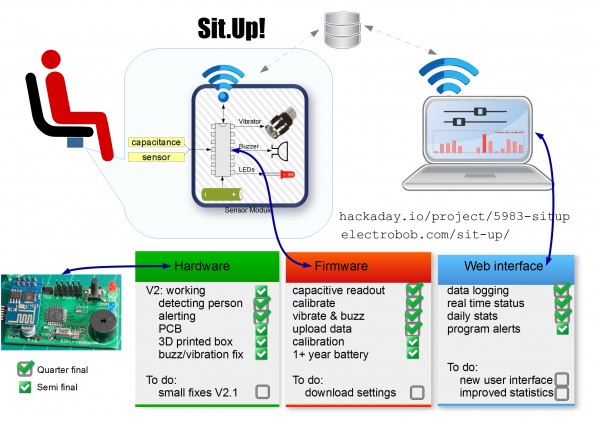




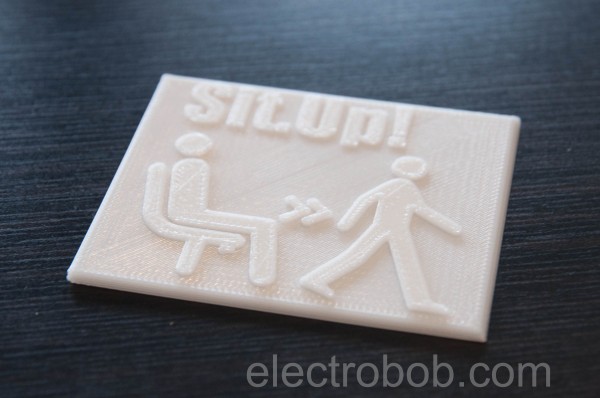
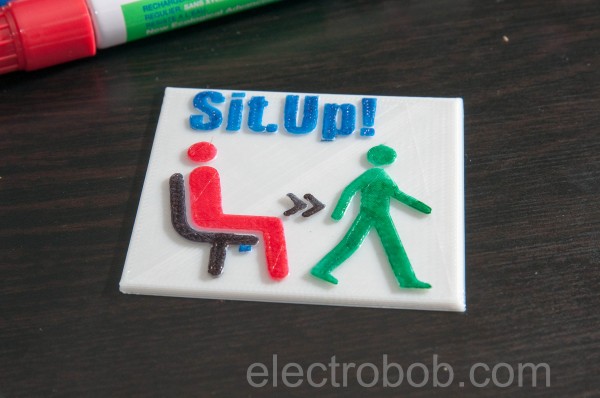
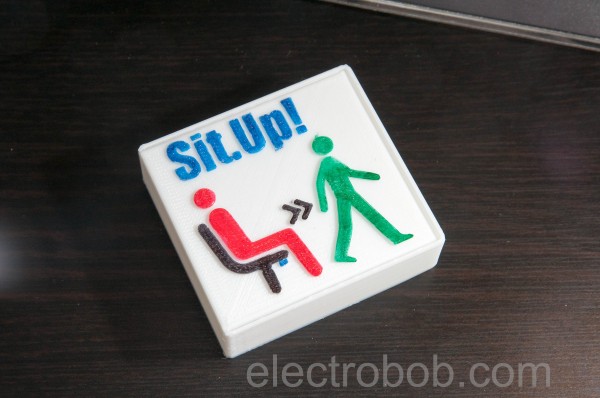

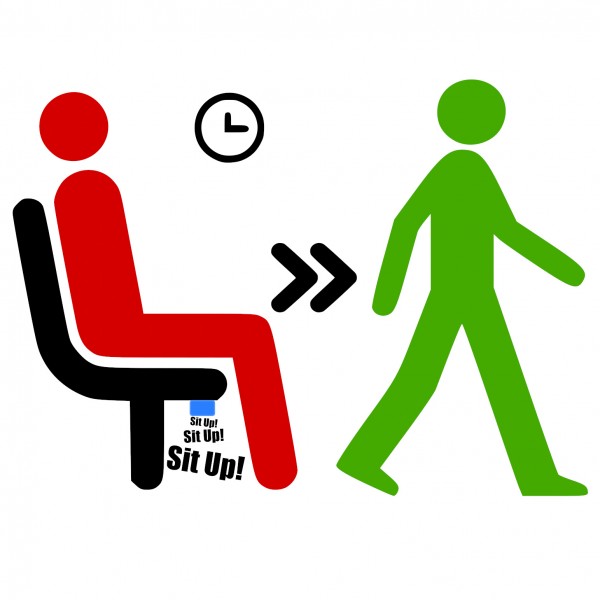
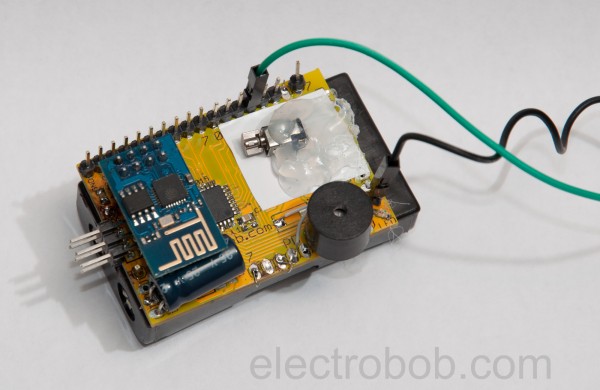


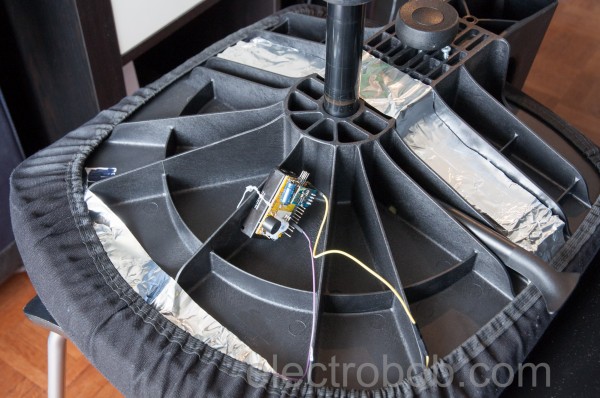







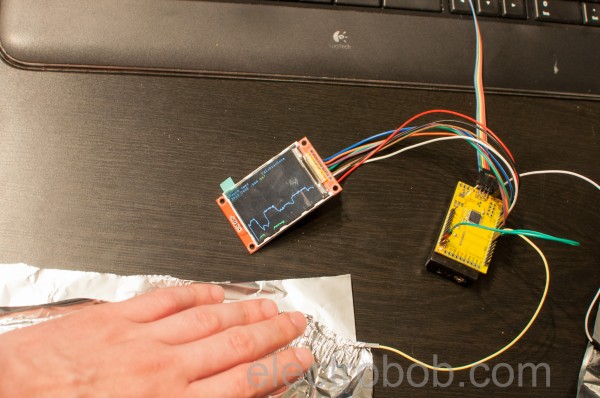
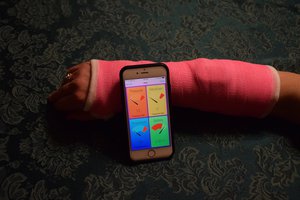
 Alex
Alex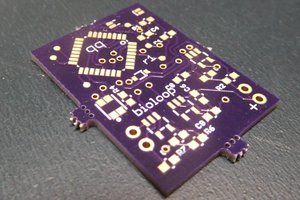
 qquuiinn
qquuiinn
 Danie Conradie
Danie Conradie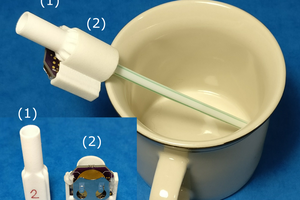
 jflaschberger
jflaschberger
This Sit-up project model is really a great initiative from you. I'm working on the project of massage chair reviews, you can see here some details https://allmassagechair.net/